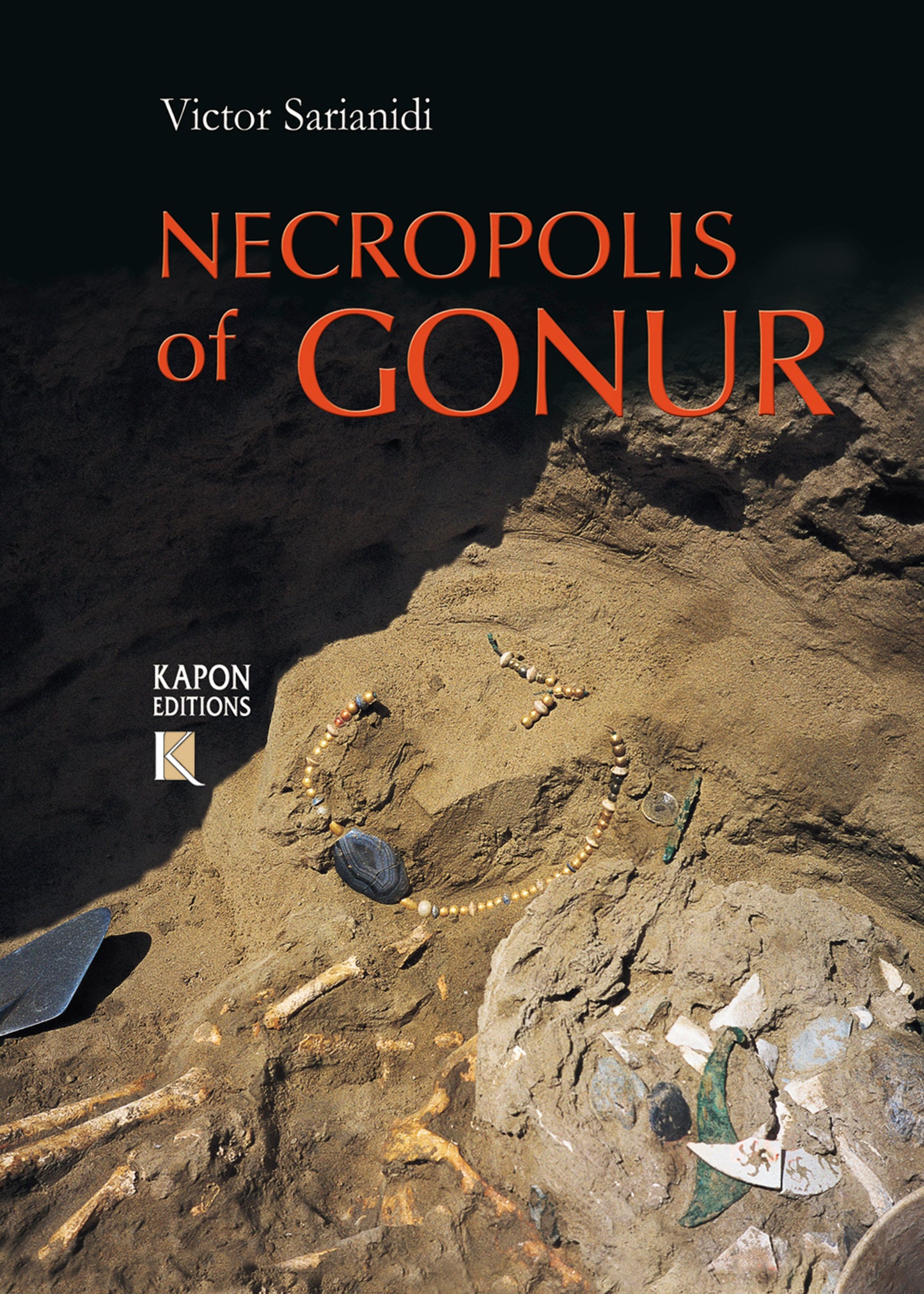We're sorry. An error has occurred
Please cancel or retry.
Necropolis of Gonur

Some error occured while loading the Quick View. Please close the Quick View and try reloading the page.
Couldn't load pickup availability
- Format:
-
31 December 2007

In the depths of the Kara Kum desert in Turkmenistan, one of the largest deserts in the world, Victor Sarianidi has excavated the country of Margush (Margiana). Its capital was the city of Gonur, which consisted of a unique ensemble of temples and palaces dating from the end of the third to the beginning of the second millennia BC.
In addition to the capital city, Sarianidi excavated the Gonur necropolis, with almost 3000 tombs. This is the largest necropolis of the period to have been excavated in the Near East. Th e funeral gifts and personal adornments from the Gonur tombs have an amazing, unique beauty and are worthy of comparison with the fi nest examples of ancient oriental art from Mesopotamia, Asia Minor and the Aegean world.
Research in this area has made it possible to conclude that the first monotheistic religion in the world, Zoroastrianism, originated in Margiana. Th is statement is supported by the finds that related to the funeral rituals and procedures observed in the Gonur necropolis. The Margiana culture proved to be so highly advanced that scholars increasingly hold the view that Bronze Age Central Asia was one of the main civilizations of ancient times, alongside Mesopotamia, Egypt, India and China. Th is book contains the results of the excavations, anthropological observations based on the skeletons found, and a large number and wide variety of finds.

ART / History / General, HISTORY / Asia / General, HISTORY / Ancient / General, ART / History / Ancient & Classical, SOCIAL SCIENCE / Archaeology, Ancient history, History of art, Asian history, Archaeology by period / region

Funeral Constructions at the Gonur Necropolis
Funeral Gifts and Personal Decorations
Indo-Iranians and a Domestic Horse
New Excavations at the North Gonur and Historical Perspectives
Funeral Rites at Gonur
Margiana and Iranian Paganism
Appendix 1 Main Characteristics of all Graves, Excavated at the Gonur Necropolis
Appendix 2 New Data on Anthropology of the Necropolis of Gonur-Depe
Appendix 3 Gonur City Linens of the Second Millennium B.C.; Study of a Textile Fragment from Burial #2380; Investigation of a Textile Fragment
Appendix 4 Radiocarbon Dating of Samples from the Necropolis of Gonur In Turkmenistan



